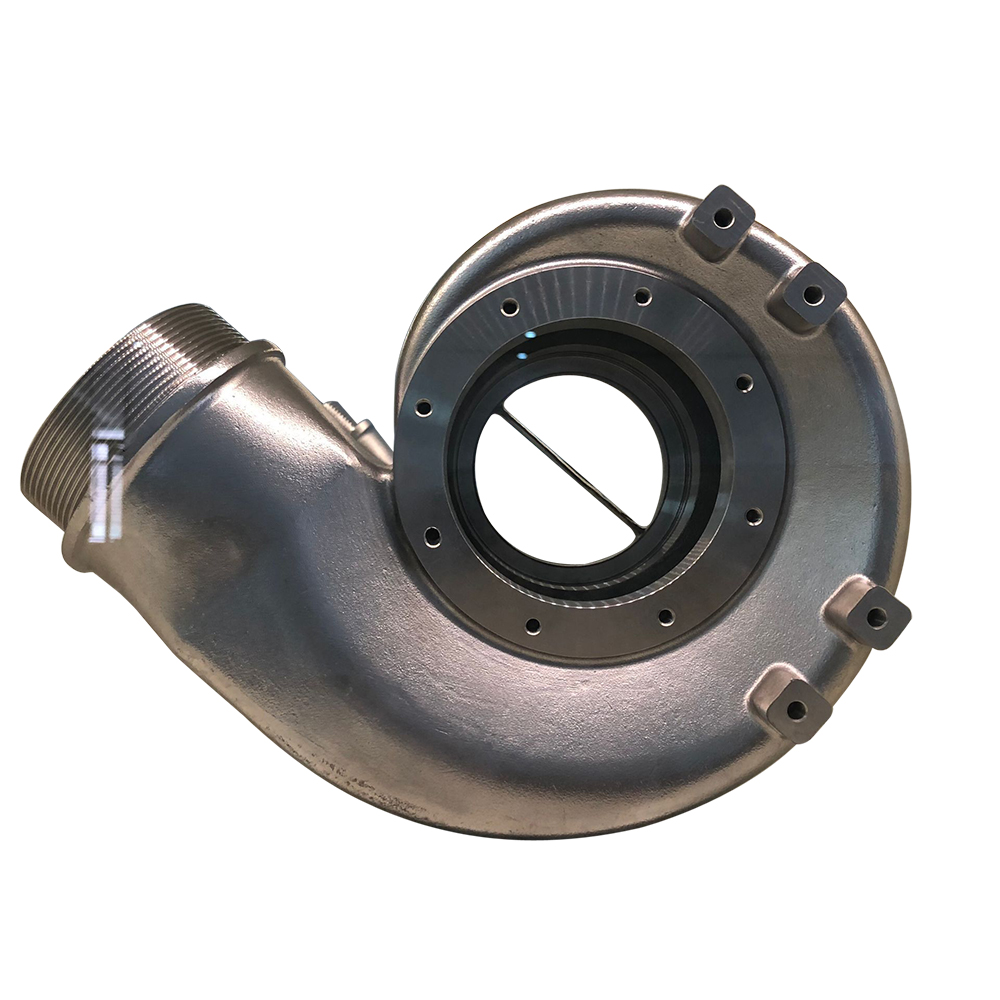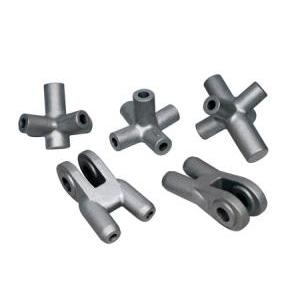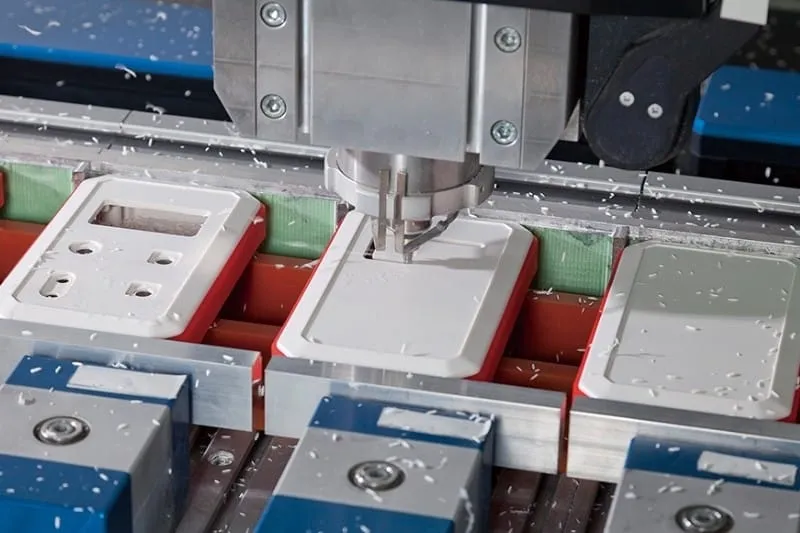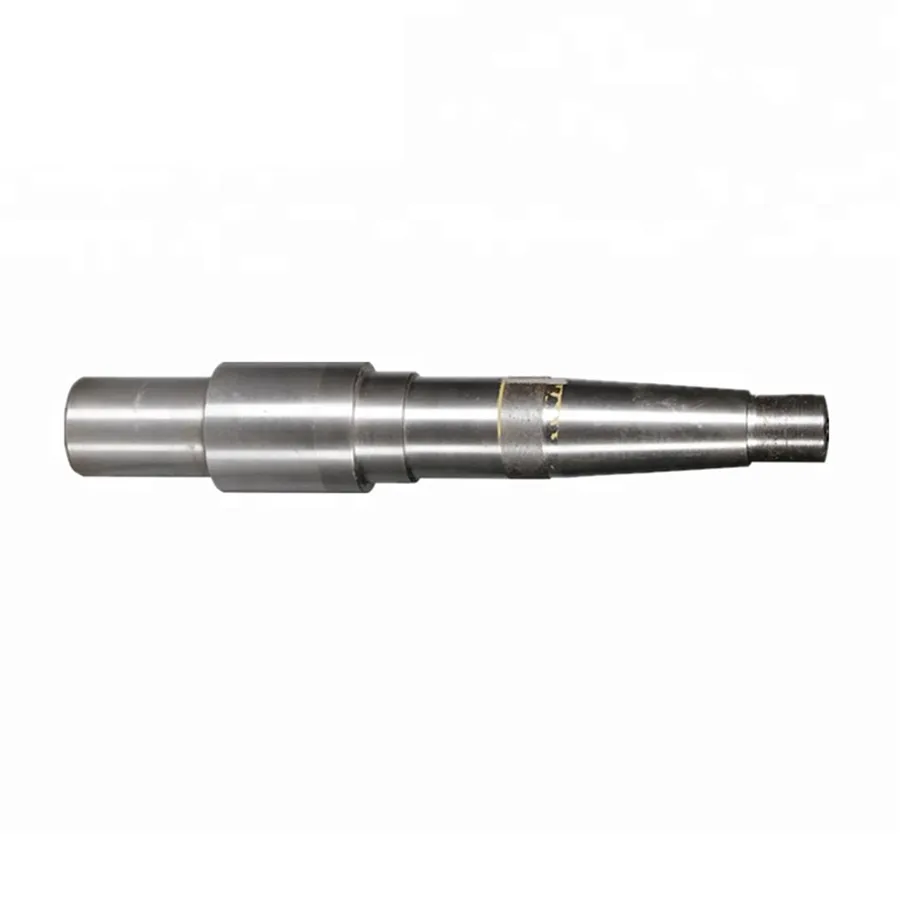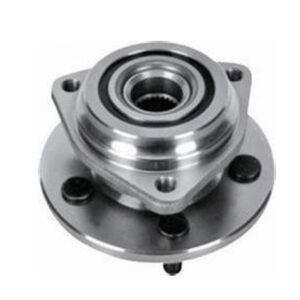
Surface roughness refers to the microscopic irregularities and texture on the surface of a metal component. It is a critical parameter in manufacturing and engineering, as it directly impacts functionality, performance, and aesthetics. Below are key aspects of surface roughness for metal parts:
1. Definition and Measurement
Surface Roughness: Quantified by deviations in the normal direction from the ideal smooth surface. Common parameters include:
Ra (Arithmetic Average Roughness): Average of absolute deviations from the mean line.
Rz (Average Maximum Height): Average difference between the highest peaks and deepest valleys over a sampling length.
Rq (Root Mean Square Roughness): Root mean square of deviations.
Measurement Tools: Profilometers, atomic force microscopes (AFM), or optical interferometers.
2. Factors Influencing Roughness
Manufacturing Processes:
Machining (turning, milling, grinding).
Additive manufacturing (3D printing).
Casting, forging, or polishing.
Tool Wear: Dull cutting tools increase roughness.
Material Properties: Harder metals may exhibit lower roughness after machining.
3. Importance in Applications
Friction and Wear: Smoother surfaces reduce friction and wear in moving parts.
Sealing Performance: Rough surfaces may compromise seals (e.g., gaskets, hydraulic systems).
Corrosion Resistance: Rough surfaces trap contaminants, accelerating corrosion.
Aesthetics: Critical for visible components (e.g., automotive or consumer products).
4. Standards and Specifications
ISO Standards:
ISO 4287: Defines surface texture parameters.
ISO 21920: Specifies surface roughness grades.
ASME B46.1: American standard for surface texture.
5. Controlling Surface Roughness
Process Optimization: Adjust cutting speed, feed rate, or tool geometry.
Post-Processing: Polishing, lapping, or electrochemical finishing.
Quality Control: Use profilometers to verify compliance with design specifications.
6. Example Applications
Bearings: Require ultra-smooth surfaces (Ra < 0.4 μm) to minimize friction.
Engine Cylinders: Controlled roughness (Ra 0.8–1.6 μm) to retain lubricant.
Aerospace Components: Strict roughness standards for fatigue resistance.
Surface roughness is a balance between functional requirements and manufacturing costs. Engineers must specify appropriate roughness values (e.g., Ra, Rz) based on the component’s role and operational environment.

